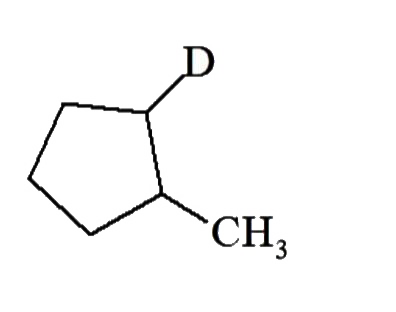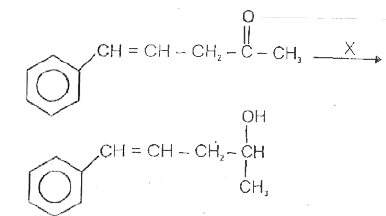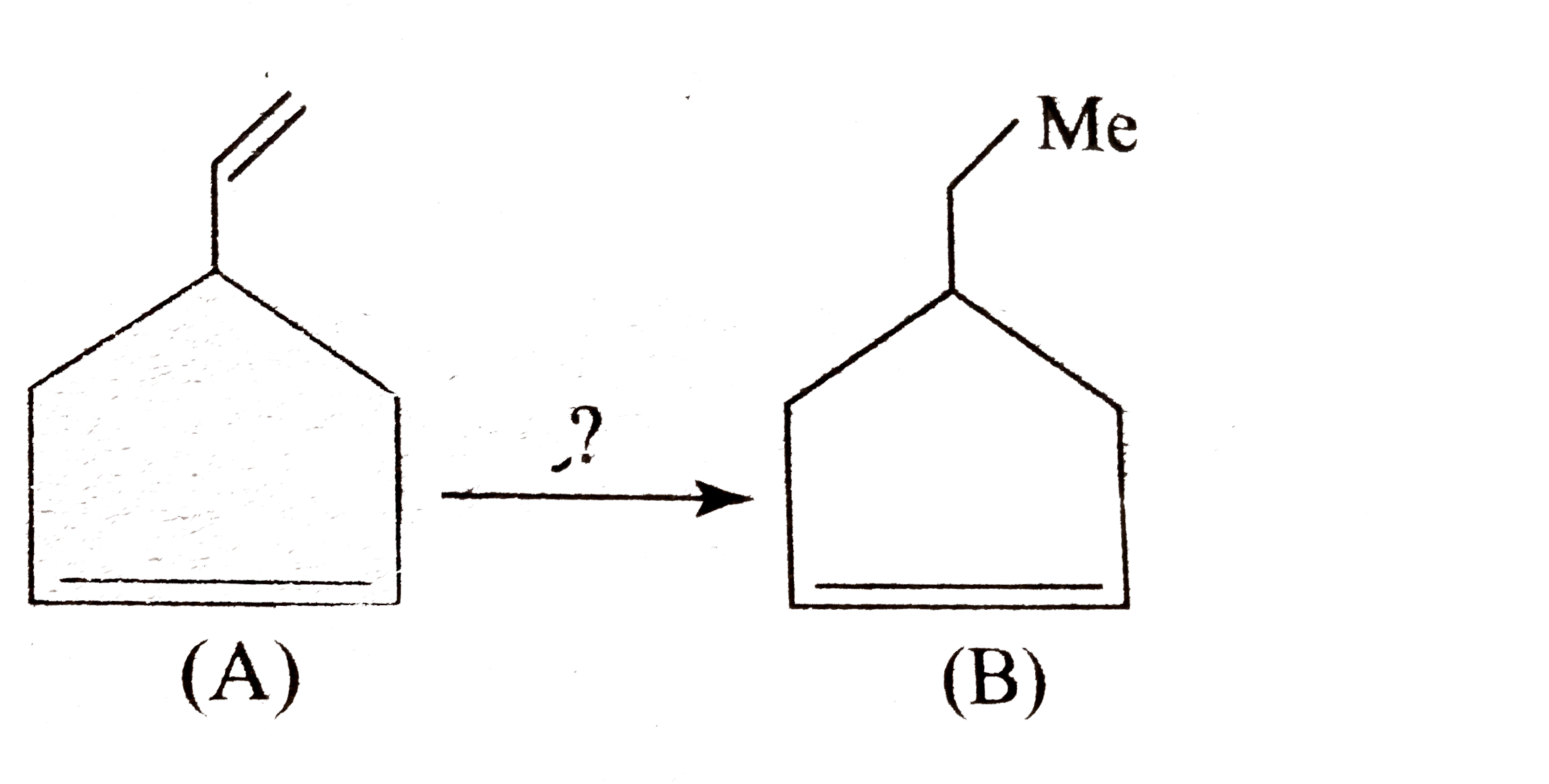Diazotisation is used for the conversion of ____ to _____
To solve the question regarding the process of diazotization, we will break it down into clear steps:
1. Understanding Diazotization: Diazotization is a chemical reaction that involves the conversion of primary aromatic amines into diazonium salts. This is a key reaction in organic chemistry, particularly in the synthesis of various aromatic compounds.
2. Identifying the Starting Material: The starting material for the diazotization process is a primary aromatic amine. A common example of a primary aromatic amine is aniline, which has the chemical formula C6H5NH2.
3. The Reaction Conditions: The diazotization reaction typically involves treating the primary aromatic amine with sodium nitrite (NaNO2) in the presence of hydrochloric acid (HCl). This creates the necessary conditions for the formation of the diazonium salt.
4. Formation of Diazonium Salt: During the reaction, the primary aromatic amine (e.g., aniline) reacts with sodium nitrite and hydrochloric acid to form a diazonium salt. The general reaction can be represented as:
C6H5NH2+NaNO2+HCl→C6H5N+2Cl−
Here, C6H5N2+Cl- represents the diazonium salt formed.
5. Conclusion: Therefore, the diazotization process is used for the conversion of primary aromatic amine to diazonium salt.
Final Answer:
Diazotisation is used for the conversion of primary aromatic amine to diazonium salt.
---
C6H5NH2+NaNO2+HCl→C6H5N+2Cl−
Here, C6H5N2+Cl- represents the diazonium salt formed.
Diazotisation is used for the conversion of primary aromatic amine to diazonium salt.
Topper's Solved these Questions
- ORGANIC COMPOUNDS WITH FUNCTIONAL GROUPBOOK - CENGAGE CHEMISTRY ENGLISHCHAPTER - ORGANIC COMPOUNDS WITH FUNCTIONAL GROUPEXERCISE - concept application 4
1 Videos
- ORGANIC COMPOUNDS WITH FUNCTIONAL GROUPBOOK - CENGAGE CHEMISTRY ENGLISHCHAPTER - ORGANIC COMPOUNDS WITH FUNCTIONAL GROUPEXERCISE - Exercises Linked Comprehension
25 Videos
- ORGANIC COMPOUNDS WITH FUNCTIONAL GROUPBOOK - CENGAGE CHEMISTRY ENGLISHCHAPTER - ORGANIC COMPOUNDS WITH FUNCTIONAL GROUPEXERCISE - Exercises Subjective
21 Videos
- NUCLEAR CHEMISTRYBOOK - CENGAGE CHEMISTRY ENGLISHCHAPTER - NUCLEAR CHEMISTRYEXERCISE - Archives Subjective
13 Videos
- P-BLOCK GROUP 15 ELEMENTS - THE NITROGEN FAMILYBOOK - CENGAGE CHEMISTRY ENGLISHCHAPTER - P-BLOCK GROUP 15 ELEMENTS - THE NITROGEN FAMILYEXERCISE - Exercises Archives (Subjective)
28 Videos
Similar Questions
Knowledge Check
Which of the following reactions is used for the conversion of ketone into hydrocarbons?
AAldol condensationBWolf Kishner reductionCReimer -Tiemann reactionDPerkin reactionWhich of the following reaction conditions is used for the conversion of ethanol to ethylene?
Aconc. H2SO4/70∘CBdil. H2SO4/140∘CCdil. H2SO4/100∘CDconc. H2SO4/170∘C
Reagent (s) used for the conversion of propanol is
View SolutionReagent used for the given conversion is
 :
:
View SolutionReagent used for the given conversion is
 :
:
View SolutionWhich of the following sequence of reagents can be used for the conversion of :

View SolutionWhich of the following is used for the conversion of 1-methylcyclopentene to

View SolutionIn neuron, conversion
View Solution


